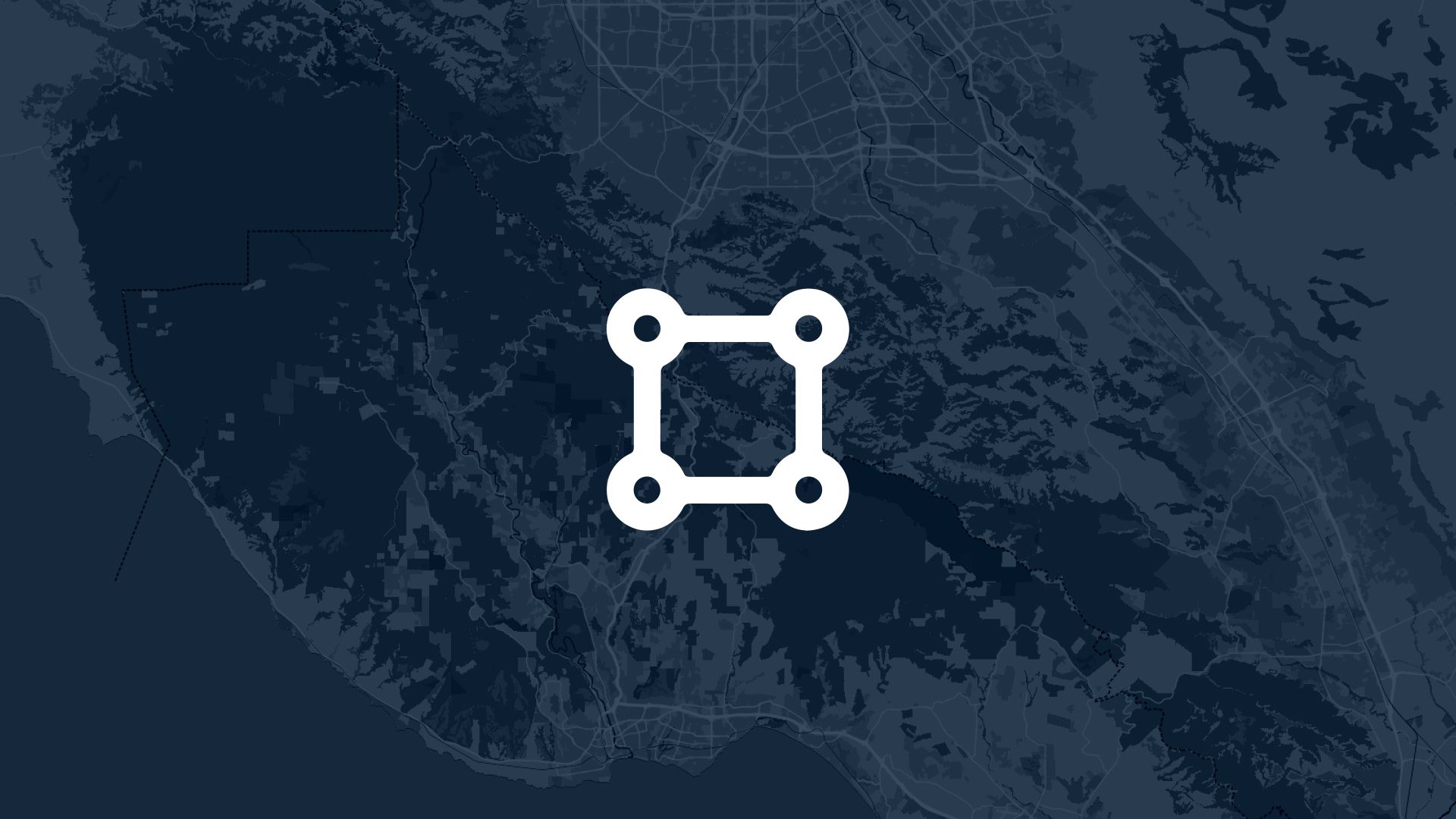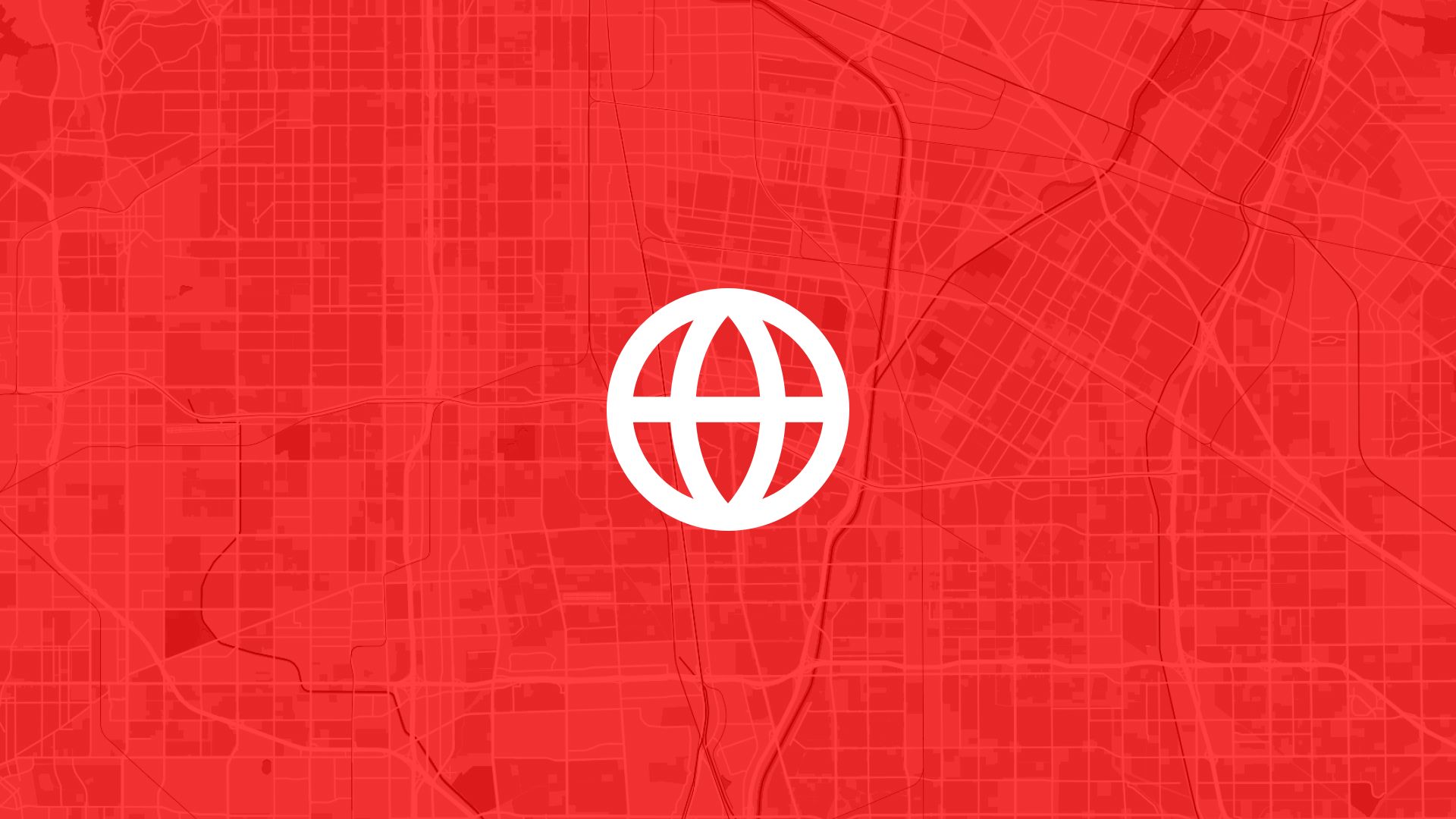Opportunity Zones (OZs) were created to direct long-term investments into underserved communities. But understanding where to invest is just as critical as knowing the tax benefits. That’s why we built a fully interactive Opportunity Zones map using Atlas — using the latest official data from the U.S. Department of Housing and Urban Development (HUD).
Whether you're an investor, developer, city official, or planner, this tool helps you visualize exactly where Opportunity Zone investments can make the biggest impact.
What Is an Opportunity Zone Map?
An Opportunity Zone map displays every officially designated Opportunity Zone across the United States. These zones are federally certified areas in low-income census tracts where investors can earn substantial tax benefits by reinvesting capital gains into qualifying projects.
But a static map only scratches the surface. Our Atlas-based map takes it several steps further. It doesn't just show zone boundaries. It provides real context about what’s happening in and around those zones — helping you prioritize, evaluate, and act with greater confidence.
Why an Interactive Map Makes a Difference
Opportunity Zones are more than just coordinates. They represent economic potential. A live, interactive map lets you make sense of that potential in real-world terms.
Our map in Atlas allows users to:
- Zoom into any region, city, or parcel and get precise boundary definitions.
- Overlay real estate data such as vacant parcels, lot sizes, assessed land values, or public infrastructure proximity.
- Filter zones by demographic factors like population growth, household income, or educational attainment.
- Visualize multiple datasets together to better understand investment readiness.
- Export visuals or custom reports for collaboration with teams, partners, or agencies.
With a single platform, users can go from research to insight to action.
What You Can Do With the Atlas Opportunity Zones Map
Here are some specific ways the map helps different audiences:
For Investors
- Target high-growth areas: Identify OZs located near ongoing public infrastructure projects, like new transit or road upgrades.
- Layer financial indicators: Add overlays like housing permits, vacancy rates, or market comps to find promising sites.
- Improve deal flow: Filter out non-buildable land or parcels with legal complexity to focus on what's viable.
- Generate investment briefs: Use maps and property data to create clean visual summaries to pitch internally or to funders.
For Developers
- Streamline site selection: Combine Opportunity Zone boundaries with zoning layers and building footprints to find sites ready for vertical development.
- Review nearby assets: Understand what amenities and services surround a site — schools, transit, commercial corridors.
- Simplify permitting conversations: Use visual maps to align quickly with planning departments and confirm code compliance.
- Share ideas visually: Collaborate with architects, engineers, and stakeholders with live map links and version control.
For Local Governments
- Publish development-ready maps: Showcase Opportunity Zone sites alongside city-owned parcels, active RFPs, or local incentives.
- Track progress over time: Map where capital has already gone and measure outcomes like job creation or tax revenue.
- Engage residents: Build public-facing portals that demonstrate what OZ investments are doing for neighborhoods.
- Coordinate across departments: Bring planners, economic developers, and finance teams into one shared platform.
What Makes Atlas Different?
There are plenty of mapping platforms out there — but most are either too complex, too static, or too disconnected from local planning realities. Atlas is designed to be different.
Atlas is a browser-based GIS platform built for people who work with maps but don’t want to become GIS experts. It works out-of-the-box for anyone trying to make sense of parcels, plans, permits, or policy.
Key benefits of using Atlas:
- No installation or desktop software required
- Fast, smooth performance even with complex data layers
- Works on any modern browser
- Share maps via simple URLs
- Update data in real time
- Build and edit views without writing code
In the context of Opportunity Zones, this means users get a platform built for action, not just observation.
Use Case Spotlight
Example 1: Regional Housing Initiative
A regional housing nonprofit used Atlas to identify OZs that overlapped with their affordable housing pipeline. By filtering for tracts near high-frequency transit, with low land values and supportive zoning, they narrowed 150 options down to just 12 strong prospects. They shared a custom Atlas map with funders to help secure a $25 million equity raise.
Example 2: City Capital Planning Office
A city’s capital planning team used Atlas to layer OZs on top of the city’s five-year infrastructure plan. They published a live map showing where private OZ investment could piggyback off upcoming city road and utility projects. This helped unlock new investor interest and streamline RFP conversations with developers.
Start Exploring Today
The Opportunity Zones map in Atlas brings clarity to complex decisions. Whether you’re chasing tax benefits, building long-term housing, or managing public resources, this map is your entry point into smarter, more targeted Opportunity Zone investments.
By using authoritative data from HUD, enhanced by local overlays, the map connects federal policy with local insight — and makes it usable in your daily work.
Data Source: U.S. Department of Housing and Urban Development (HUD)
Map powered by Atlas





